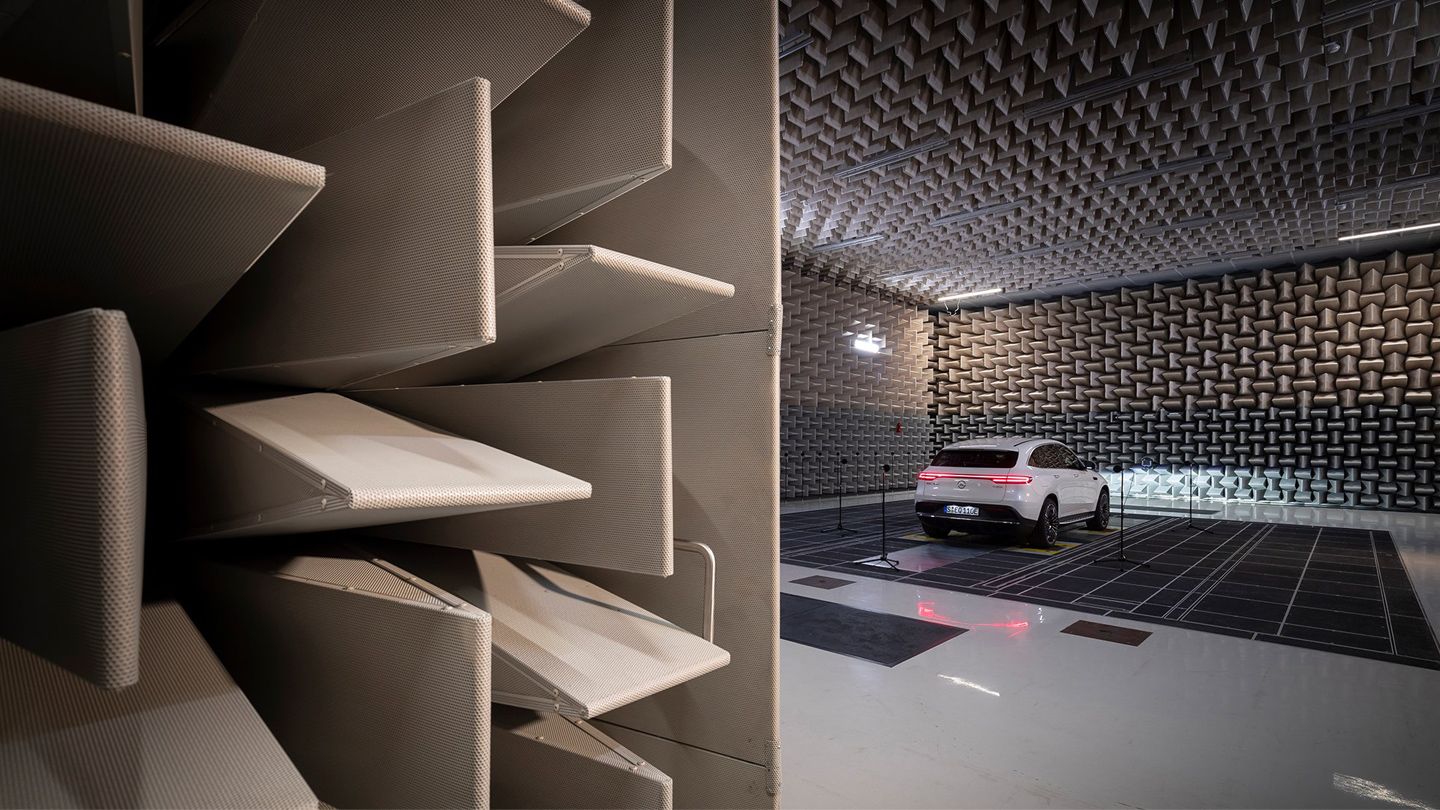Feel Electric - Episode 3: Fragrance
The invisible Dealmaker
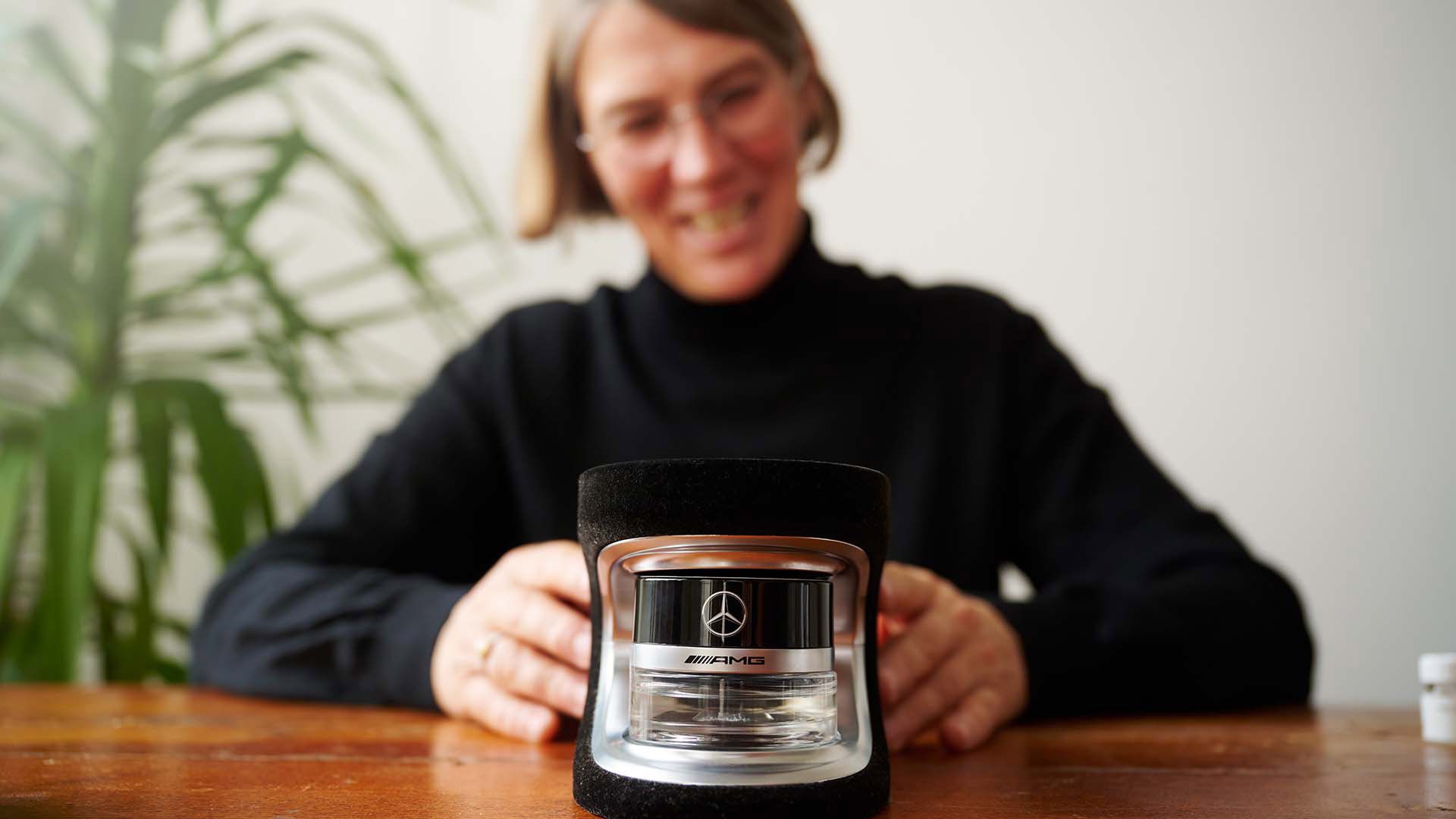
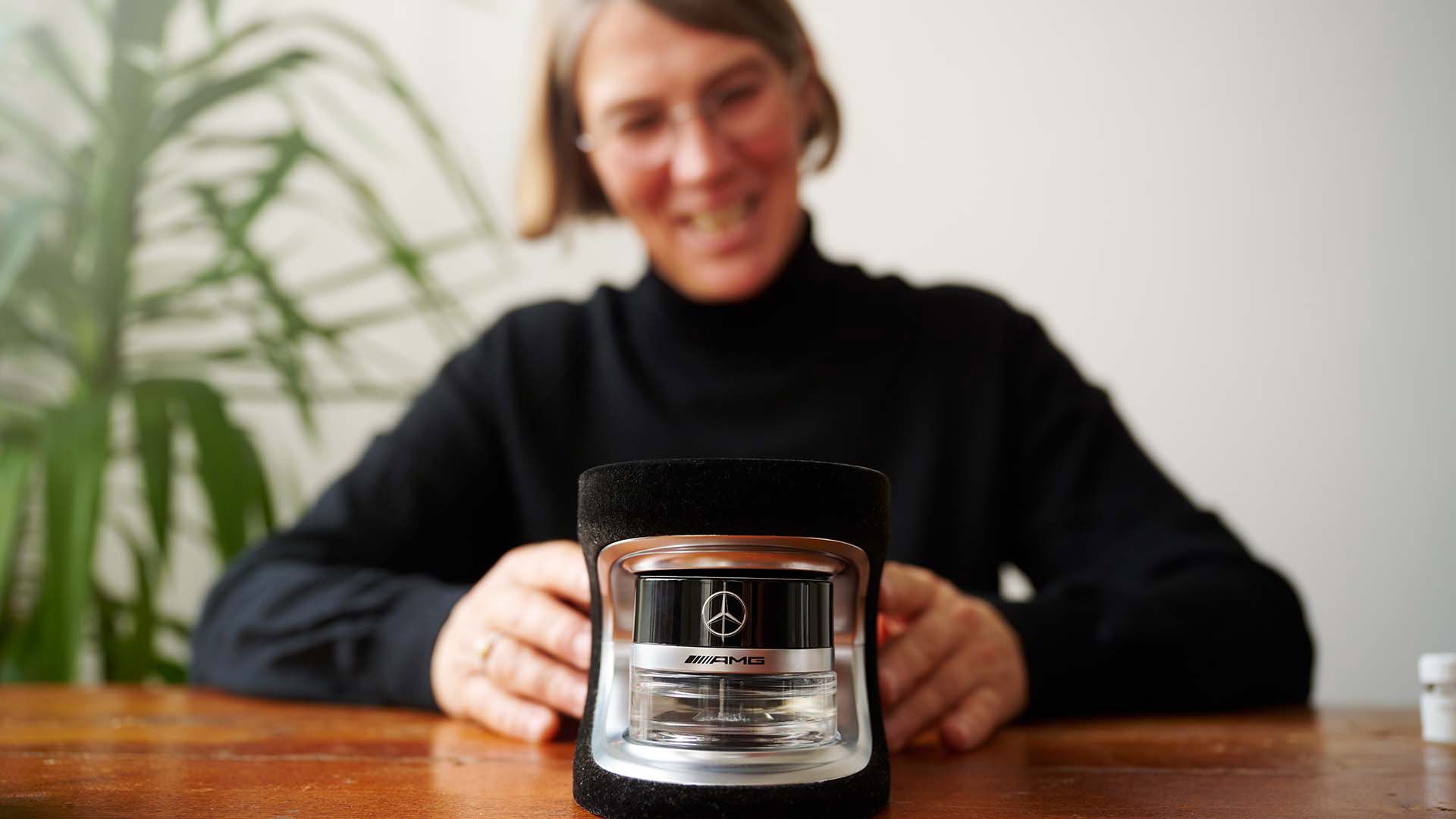
Our "Feel Electric" series is entering its next round. Join us on a journey through the sensory world of Mercedes-AMG to a sense that acts on our subconscious like no other. And although it usually operates below our threshold of perception, our sense of smell is nevertheless just as powerful as any of its complementary senses. Scents can guide us, shape us, attract us or even put us off, often without us even noticing.
AMG and Mercedes-Benz are also aware of the enormous importance of this mysterious sensory perception. This is precisely why a unique system for scenting the vehicle was specially developed, underlining the Mercedes-AMG standard for outstanding luxury and unique performance. But what exactly does the AMG brand smell like? How does the work of a fragrance designer change when a vehicle is now charged rather than refueled? And what are the new elements that distinguish a fragrance for electromobility?
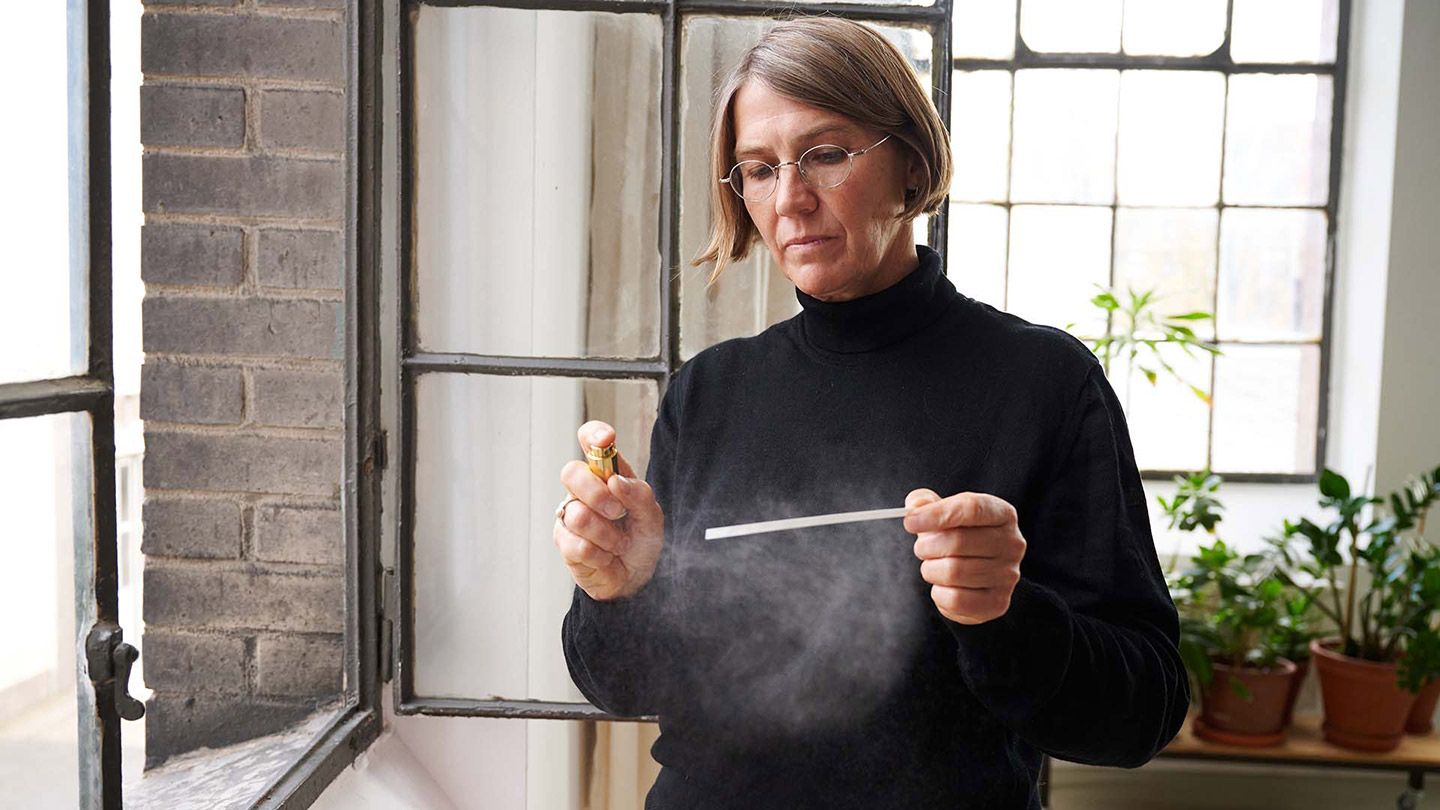
To get to the bottom of all these questions, we met with Sabine Engelhardt, one of the most renowned fragrance designers in the automotive sector. The result is an insight into a unique working world at the limits of our perception threshold.
Fragrance designer for the interior of a car, that's probably a job description you won't find in any ad. Nevertheless, Sabine Engelhardt has been working for the brand world around Mercedes for over 26 years now. On which way you came to this unique position, she explains like this. "Initially, there was a research project for perception preferences within the so-called triad, i.e., the markets USA, Japan and Europe. We tried to find out what cultural differences there were in sensory perception between these cultural groups."
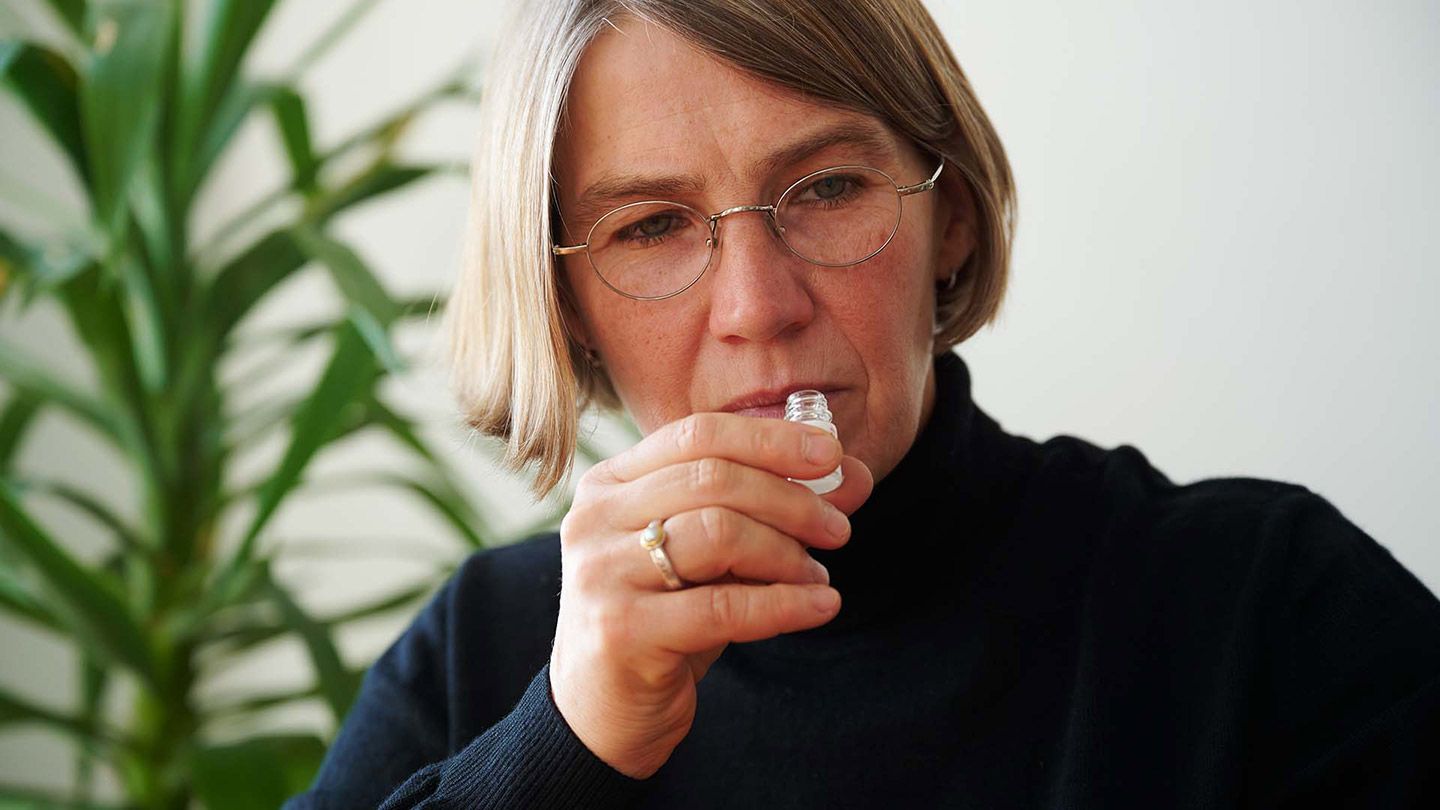
In the process, the research team first encountered the topic of automotive scenting and analyzed cultural preferences. "The U.S. at the time preferred chocolaty scents, and in Japan "ume," a special type of plum, was very popular, so we thought, what if you invented a car scenting system that covered these customer preferences?"
No sooner said than done. Almost a quarter of a century later, the unique idea is now automotive reality. The result is a sophisticated apparatus in the glove compartment of the car. Inside it is a specially made leak-proof flask that has 3 different valves. As soon as this is inserted, the 3 upper openings are pressed down, allowing air to flow into the flask.
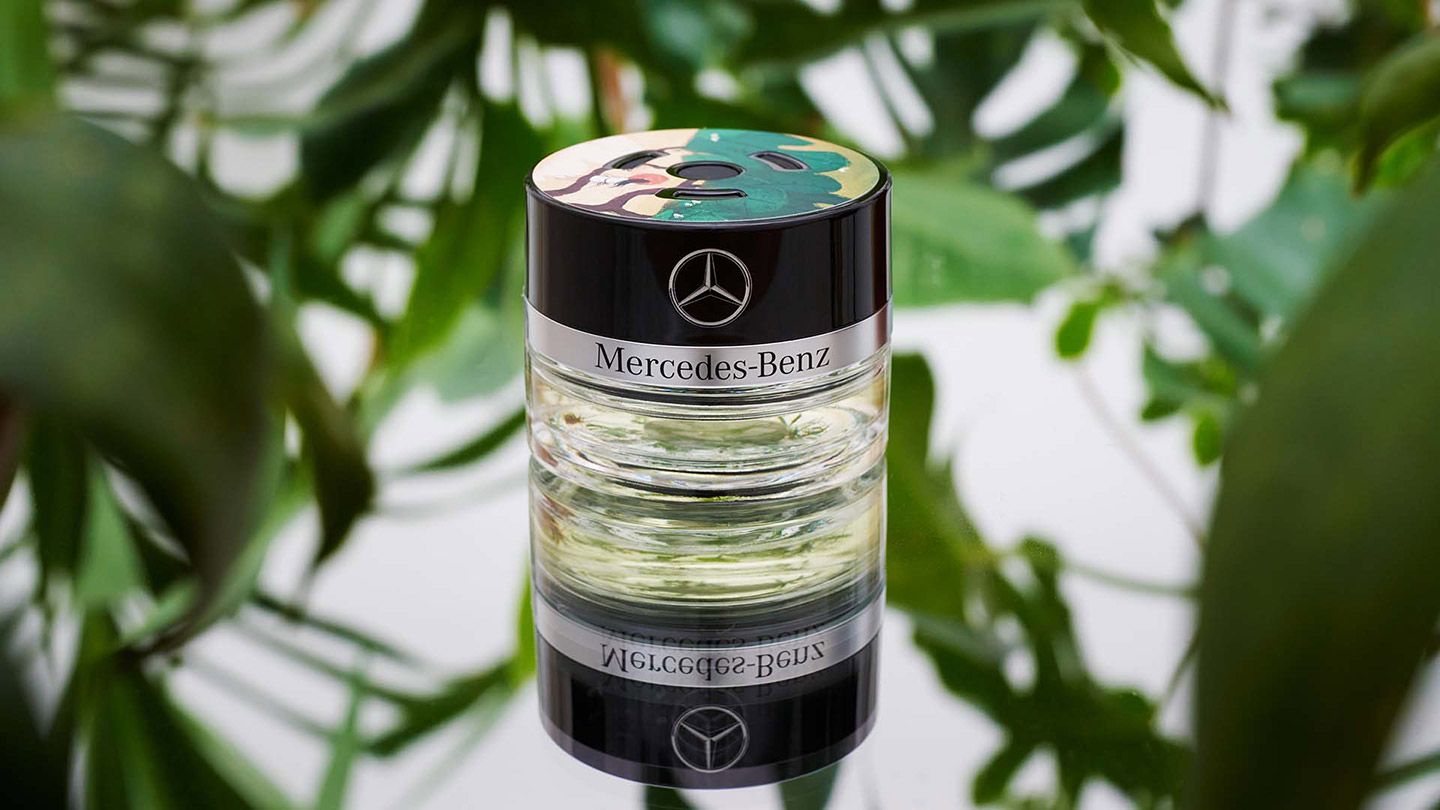
The special way of construction creates a draft that sweeps over the perfume surface, carrying the air thus enriched with fragrance through the outlet of the flask into the trolley.
Sabine Engelhardt was inspired by nature in the process. "It should feel like walking along a lilac tree in bloom in May." Compared to a spray system, this special type of fragrance delivery brings with it a decisive advantage, as Sabine explains to us. "The genius of it is that this natural way of scenting means the scent doesn't stick to you or the interior of the car, so it's not intrusive, and you don't get tired of it."
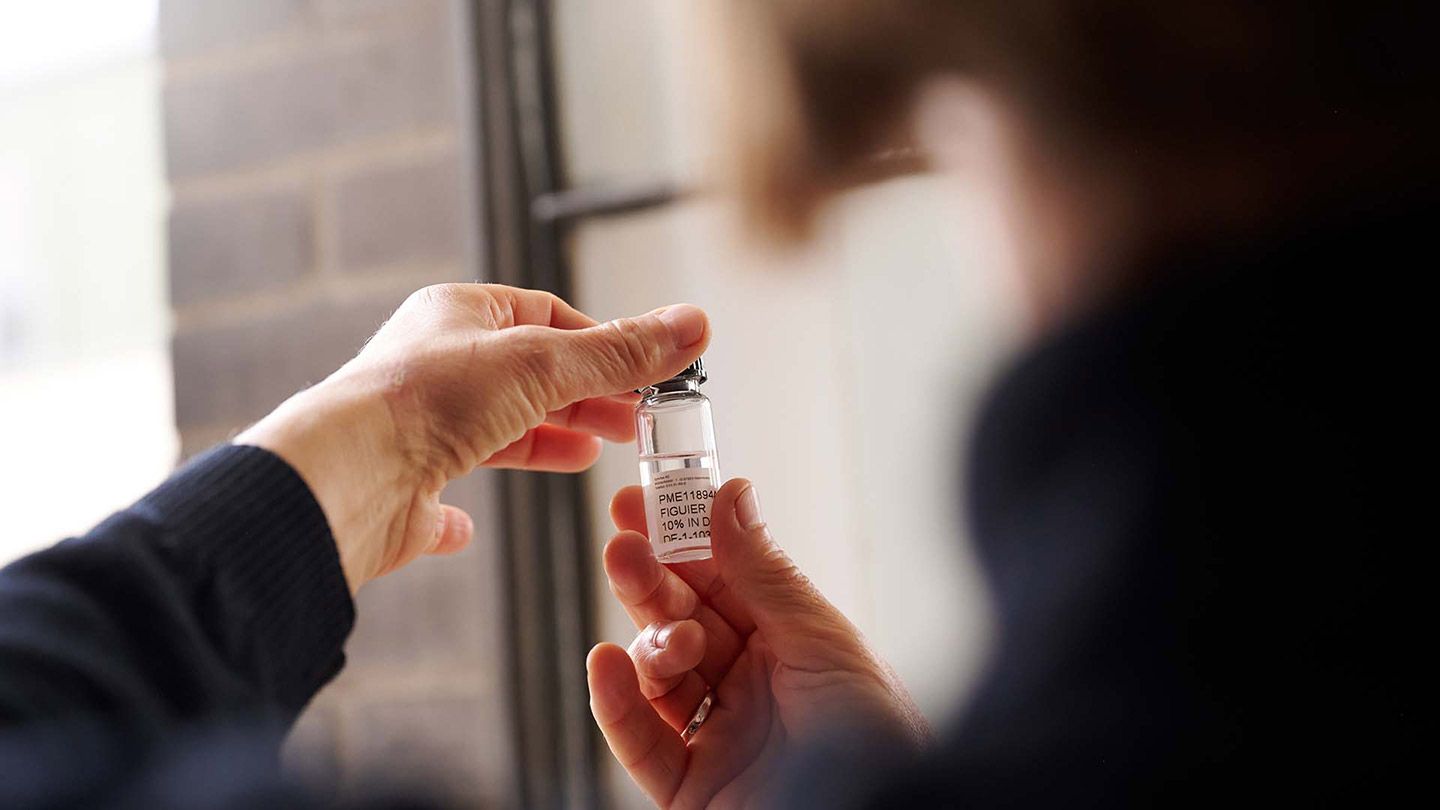
Drivers can choose between three different intensities. "The measure of the scenting is the air expelled per time," Engelhardt explains. However, to ensure that the scent in the car can develop its effect over a long period of time, the scent mechanism activates at 5-minute intervals. "Our nose gets used to new sensory impressions extremely quickly; normally, one minute is already sufficient. That's why the flask emits the fragrance only every 5 minutes, we call it pulsing." When we ask why the mechanism is not then triggered again every minute, she answers with a smile, "Then you'd be like a crowded perfumery." Because constantly new scent impressions would irritate and possibly even cause discomfort. "Even with such an incredibly balanced fragrance as AMG uses," Engelhardt admits.

The fragrance DNA of the AMG brand and its creative development process are unique to Engelhardt. "My job is to translate a brand into fragrance," he says. That, he says, is an abstract challenge with its own unique obstacles. "It's nothing intellectual; my first fragrance idea comes intuitively, after I've studied the brand intensively. But it takes time and quiet." The inspiration for the individual brand fragrance came from a gut feeling, he says. "Mercedes, for me, is the expression of luxury; AMG, for me, is pure performance. I wanted to give each of these two attributes precisely a fragrance element."
The choice much on an unusual combination of sandalwood and ginger. "Sandalwood represents the feminine, the graceful and sophisticated, it smells powdery and fine." An understandable association, given that the Mercedes brand name is originally based on the elegant female first name.
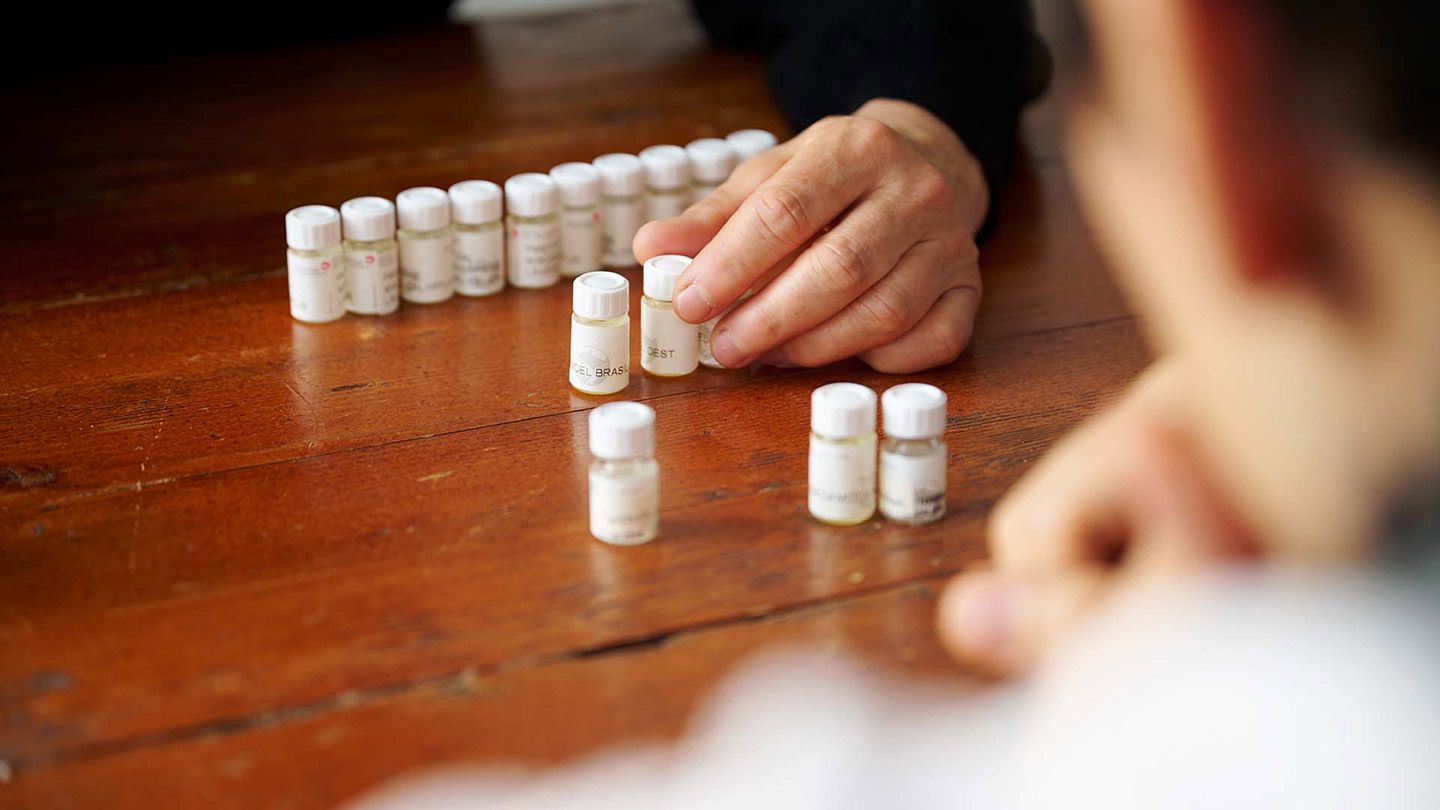
Capturing the "performance" aspect of the AMG brand, on the other hand, proved more difficult. "With performance, you quickly get to fresh, which would normally be aromas like citrus, orange, menthol, but that was too boring for me, the brand deserved something extraordinary for me, something that radiates real power when you smell it." After a long search, Engelhardt finally came up with the suitable second element, "ginger." "The aroma of ginger has an energy that is hard to imitate, so that was just perfect for the brand." The result is a fragrance she is still thrilled with today. "It's just perfect, insanely balanced, other fragrances polarize, this one doesn't, it's simply harmonious."

Now that the individual elements had been found, the only question left to resolve was intensity. "I wanted 5% intensity, the engineers wanted 7.5%." After much wrangling, both parties then found a perfect compromise. The impetus came from the 6.3-liter V8 engine in the Mercedes Benz SL 63 AMG of the 231 series. "6.3 liters then why not a perfume with 6.3% intensity? We were all immediately convinced, it was brilliant," she reports with delight. From that point on, finding a name was a mere formality, and the fragrance AMG #63 was born. For her, this story is one of the most successful that she has ever been allowed to accompany in the world of fragrances.
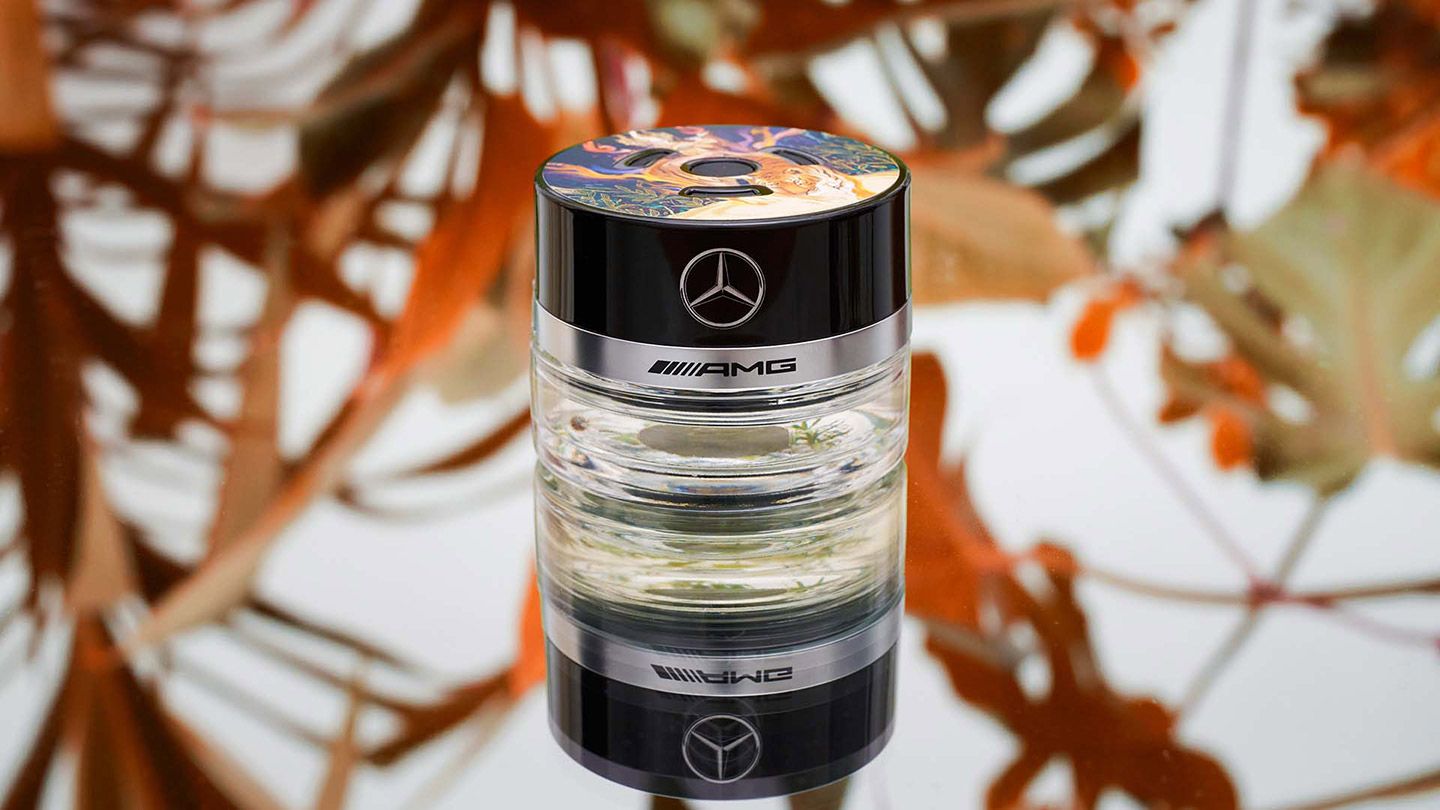
But the company will not rest on its past success. The olfactory designer also wants to set new standards in automotive fragrance for the dawn of the electric age. "For me, it's about giving the brand's new electronic generation the extraordinary character it deserves. We're talking about the future of driving here, and I get to help shape it olfactory." In doing so, designing the fragrance of the future is no easy task. "There always has to be a freshness aspect to it, that much is clear." Freshness, she says, stands for departure, for novelty and innovation. She says it is particularly important to break away from conventional interpretations and fragrance patterns. "For many, electricity as a scent is often associated with menthol, this very characteristic smell that you also often notice in cough drops or toothpastes."
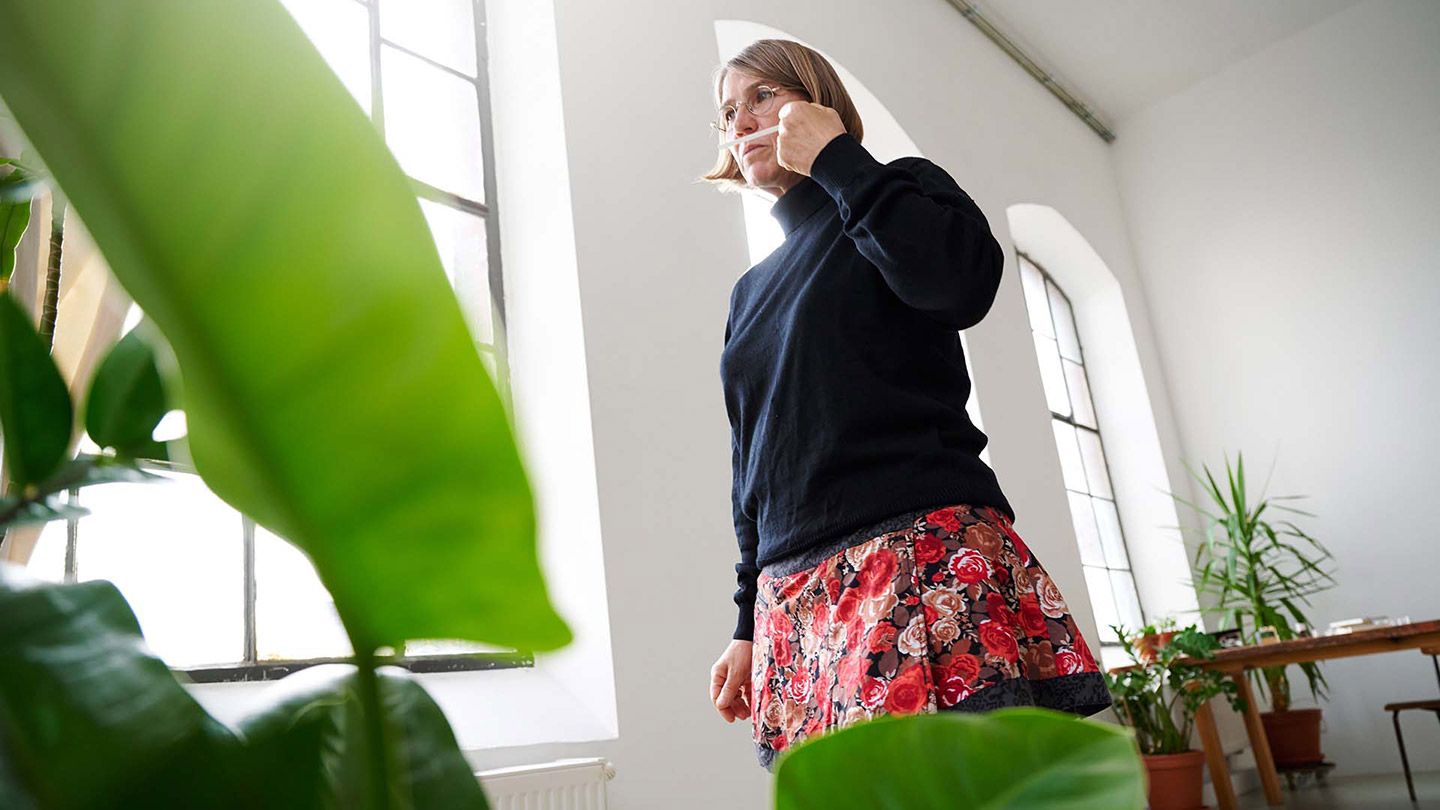
Such a loaded aroma would of course be out of the question, Engelhardt clarifies. "If AMG wants to create a new kind of scent in the future, there must be a counterplay of two scent elements, a polarity that enchants the nose without being intrusive, as with its predecessor, the AMG #63."
For Mercedes-EQ's electric future, he says the right combination has already been found. A very special blend of fig and linen. "The fig is a very rare element in our Western scent culture and at the same time creates the necessary associations that make up e-mobility." It smells clean, new, light.
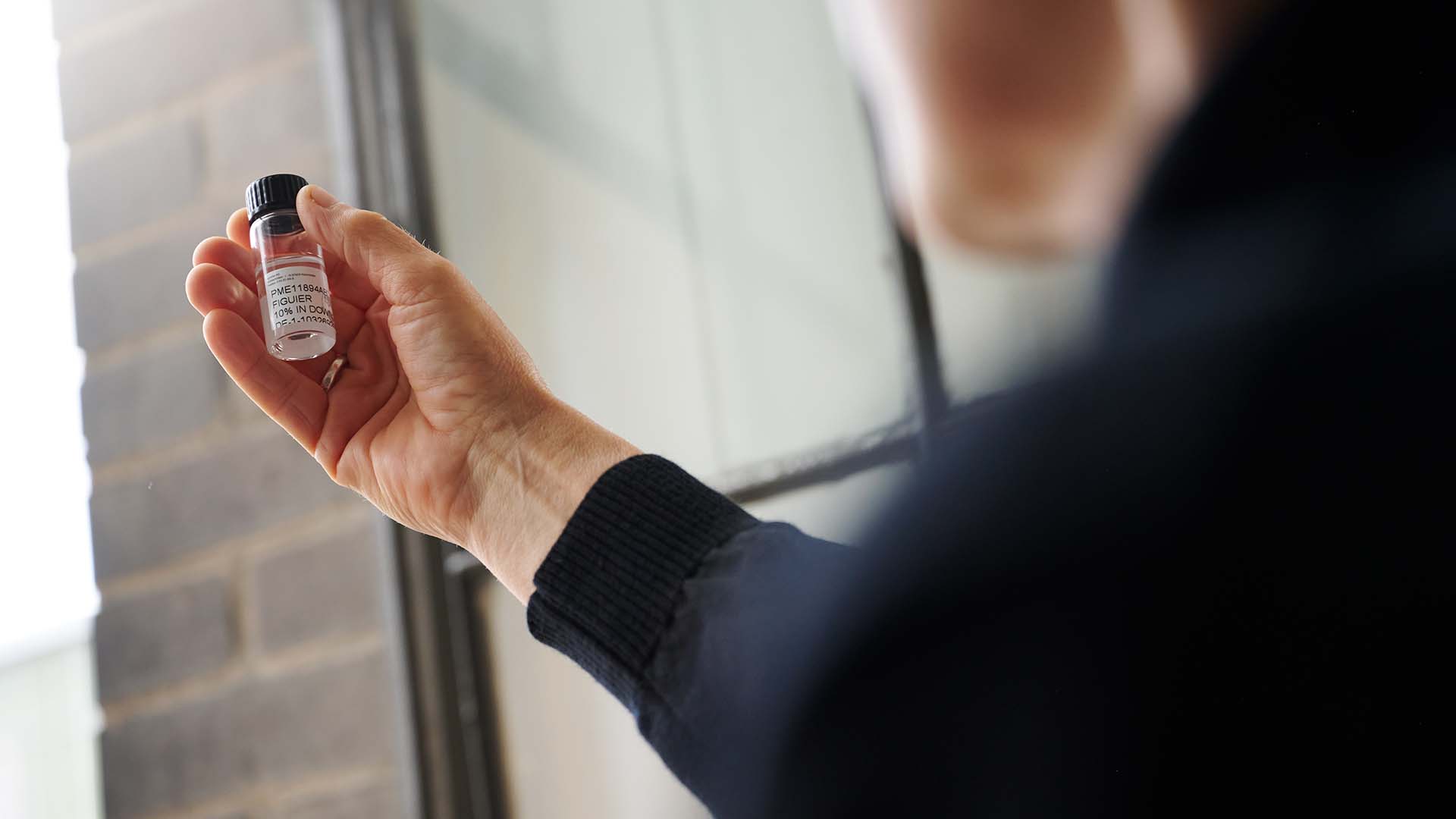
"If you take your nose to the pure scent of fig, it feels like you're standing on the shore of a beautiful Mediterranean Sea, it's pure freshness." Linen, on the other hand, represents a different aspect, he said. "When we smell linen, we immediately think of cleanliness, it's a scent that reflects clarity." Thus, the freshness of fig and the purity of linen would complement each other to create an olfactory balance that shines with the same balance as its predecessors.
The fragrance of the-AMG brand has now gained something forward-looking, he says. The result is a perfume that does full justice to the brand's aspirations. "We have retained the stimulating exclusivity and performance of the Mercedes-AMG fragrance DNA, but at the same time expanded it with a fragrance component that lets everyone feel the modernity and innovative power of electromobility."
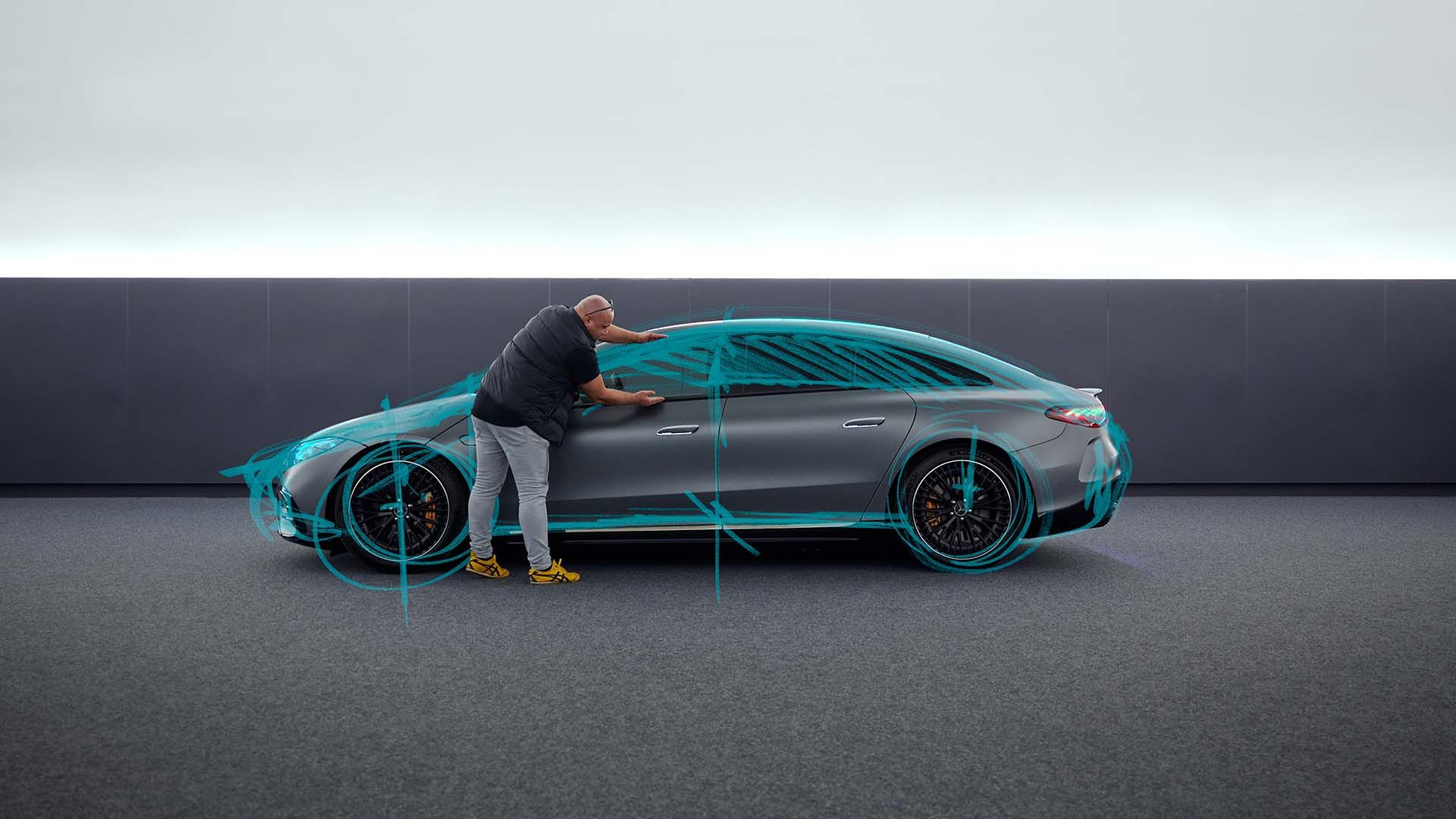
Electrifying experiences for the eyes
In the second installment of our "Feel Electric" series, we glance over the shoulders of the designers at Mercedes-AMG. They share how to celebrate e-performance as a visual experience with the classic emotional AMG DNA.
